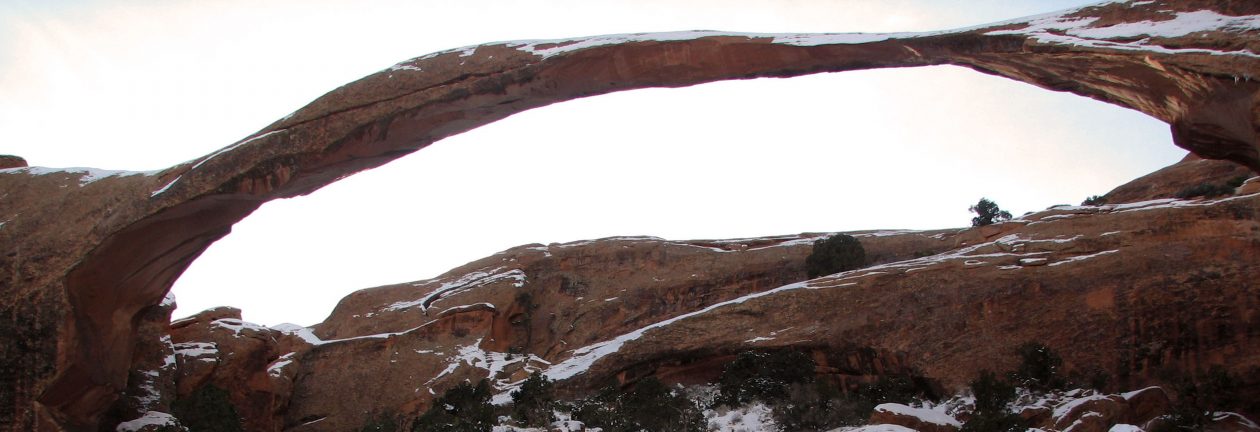Kuala Lumpur, Malaysia
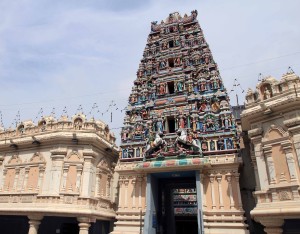
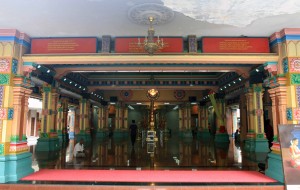
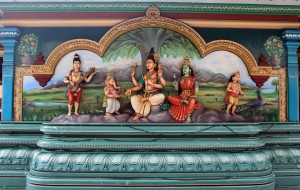
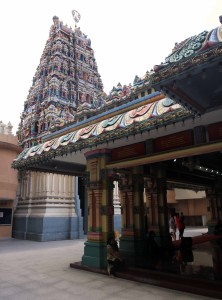
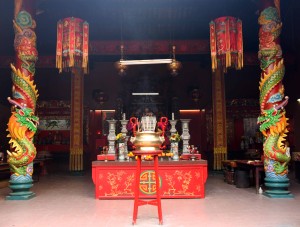
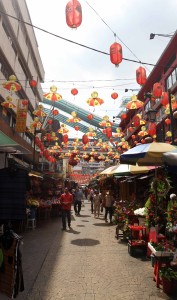
Woke up today, had a small breakfast of toast, jam, and butter with coffee, and the left the hostel, walking south to the Hotel Mandarin Pacific, where I bought by bus and boat ticket for tomorrow’s journey to Taman Negara National Park (it should be fun . . .). I then walked to the nearby Sri Mahamariamman Temple – a Hindu temple built in 1873, though the current building was constructed in 1968. Like the other Hindu temples I’ve seen in Malaysia and Singapore, the entrance is adorned with an ornate, monumental tower known as a gopuram which stands over the doorway and is decorated with many figurines of Hindu deities – it is also very colorful. The Main Prayer Hall in the center of the temple compound also has many figurines, reliefs, and frescoes, as well as soothing pastel colors painted on the walls, ceiling, and columns. After walking around the temple grounds, I then moved on and found another temple to explore: the Guan Di Temple, which is a Taoist temple located about thirty paces from the Sri Mahamariamman Temple. Inside there was a main hall and a number of hanging, spiral, conical incense sticks burning. There was not much else to see, so I soon made my way through Chinatown, passing by Petaling Street in the daylight – not all the vendors or crowds of people were out in full force, but many were setting up shop or selling their goods.
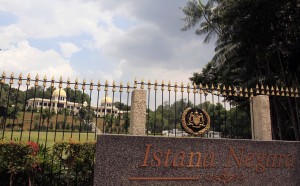
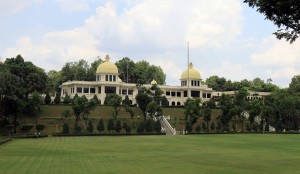
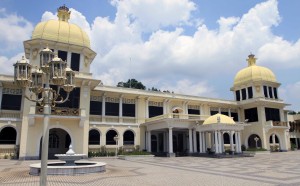
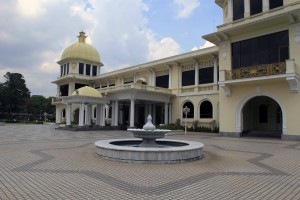
While walking through Chinatown, I came across a restaurant you don’t see in the States anymore: Kenny Rogers Roasters (it can be found in parts of Asia though, such as Malaysia, China, and the Philippines – it is now owned by the Berjaya Group); I was tempted to eat lunch there, but then I spotted a Nandos and could not pass up the chance to rekindle tasty memories and good times, so I had a chicken breast covered in peri-peri sauce, mashed sweet potatoes, spicy rice, and french fries – it was delicious. After lunch, I sweated out most of my meal once I went outside and started walking around the city again; I walked through Chinatown, past the National Stadium, and down south, heading in the general direction of the former Royal Palace (“Istana Negara”), now a museum (the royal family moved out in 2011 and in to a bigger, newer palace). I then decided to take the LRT down one station to get to the Royal Museum; at the next station, I walked clockwise around the palace grounds, the sidewalk ended, but I kept going . . . on the highway, until finally I reached the entrance. The palace was originally built in 1928 by a wealthy Chinese businessman to house his eight wives and twenty-six children; during World War II it was the mess hall for Japanese soldiers; after the war it was briefly used by the British Royal Air Force before being renovated to become the palace of His Majesty the Sultan of Selangor; that is until 1957, when the Federal Government bought it and made it the residence of the Malaysian King and Queen. Unfortunately I was not allowed to take photos inside the palace, although not much of the royal furnishings and decorations remain (the best stuff was all moved to the new palace); what does remain looks no different than what you would find in a fancy five-star hotel. Also, the wall are now adorned with historical pictures, many of which show the previous King on the golf green (he loved to play). After completing my tour of the palace, I then went back out in to the relentless sunlight and walked back along the highway to the LRT station. From there I headed northeast, to the KLCC area where the Petronas Twin Towers stand.
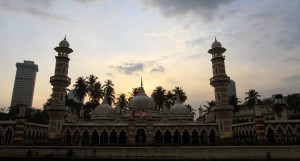
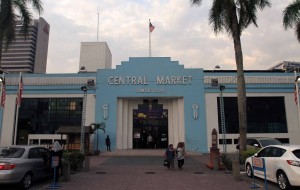
Once I got off the LRT, I tried to find the Rumah Penghulu Abu Seman (a quaint former residence of a village headman located in the heart of the business district), but since I did not have a map, directions, or the name of the historic site (in my defense, it is a hard name to remember), I wandered around aimlessly, hoping to stumble upon it and to recognize it by pictures I had seen (I did know it was located southeast of the towers); this lack of planning and poor method of site-seeing may come as a shock to some, but it has usually worked out for me in the past, even if it means walking around for an hour. But after about thirty minutes of not being able to locate it, I then walked to a nearby Bavarian Bierhaus where I had two liters of beer and a cheese platter (this was the first time I had real cheese in over eighty days; surprisingly artisan cheese has been hard to find in Asia; more surprisingly is that Mongolia had probably the poorest cheese selection out of all the countries I’ve been to on my world tour thus far – this is surprising because their cuisines are dominated by dairy-produce from five different animals (cow, yak, goat, camel, and reindeer), you can smell the milk and yogurt emanating from their pores, if any country in this part of the world should have a fine selection of cheeses, it should be their country). Also, I watched the Prosecution’s closing argument in the Oscar Pistorius trial during my beer drinking (“the sound wasn’t on, but I think I got the gist of it”) – he’s guilty. After getting a decent buzz, I then walked underground, underneath the towers, to the nearest LRT station. I took the train to the Masjid Jamek (“Jamek Mosque”) Station; I disembarked the train and exited the station to take some photos of the mosque at dusk. I then walked down to the reinforced-concrete shore of the river and followed it south, passing over shitty water gushing out from the city’s drains (I saw green and brown pools and streams of water). I then reached Pasar Seni Station, but there was no ramp back up to the roads above, but luckily there was a rebar ladder I was able to climb up – in hindsight, that area next to river is probably closed off to the public. After climbing back up from the river, I walked through the Central Market building located opposite the hostel I am staying in. Then I finally went back to my hostel to retire for the night, looking forward to the seven-plus hours journey ahead of me tomorrow.
